
100 years after the birth of Surrealism, meet the heiresses of Leonor Fini, Leonora Carrington, and Meret Oppenheim
For so long, they were only shadowy figures – when it came to public memory, in any case. But in the last several years, their rich and complex work has finally started to be uncovered. Leonor Fini (1907-1996), Leonora Carrington (1917-2011), Toyen (1902-1980), Remedios Varo (1908-1963), Kay Sage (1898-1963), and Valentine Hugo (1887-1968) are just some of the artists who were finally given the attention they deserve at the 2022 Venice Biennale, under Cecilia Alemani’s curation. She gave the exhibition the title ‘The Milk of Dreams’, a phrase borrowed from Carrington. A hundred years after the birth of the Surrealist movement, officially founded by André Breton when he published the Surrealist Manifesto in 1924, tribute exhibitions are de rigueur, including ‘Histoire de ne pas rire. Surrealism in Belgium,’ on view at Bozar Brussels from February 21, followed in September by a major show at the Centre Pompidou in Paris. Contemporary artists are now exploring how much the milk mentioned by Carrington has nourished their work and how its pioneers have inspired them.
When Marguerite Humeau (b. 1986) was invited to participate in the Venice Biennale by Cecilia Alemani, she immediately felt like she ‘belonged to this family of Surrealist women.’ Her science fiction mythological creatures are clearly descended from Surrealism. They bring to mind Carrington and Fini’s awareness of belonging to a world where all living things are interconnected, whether animal, vegetable or mineral, as well as Kay Sage’s metaphysical landscapes.
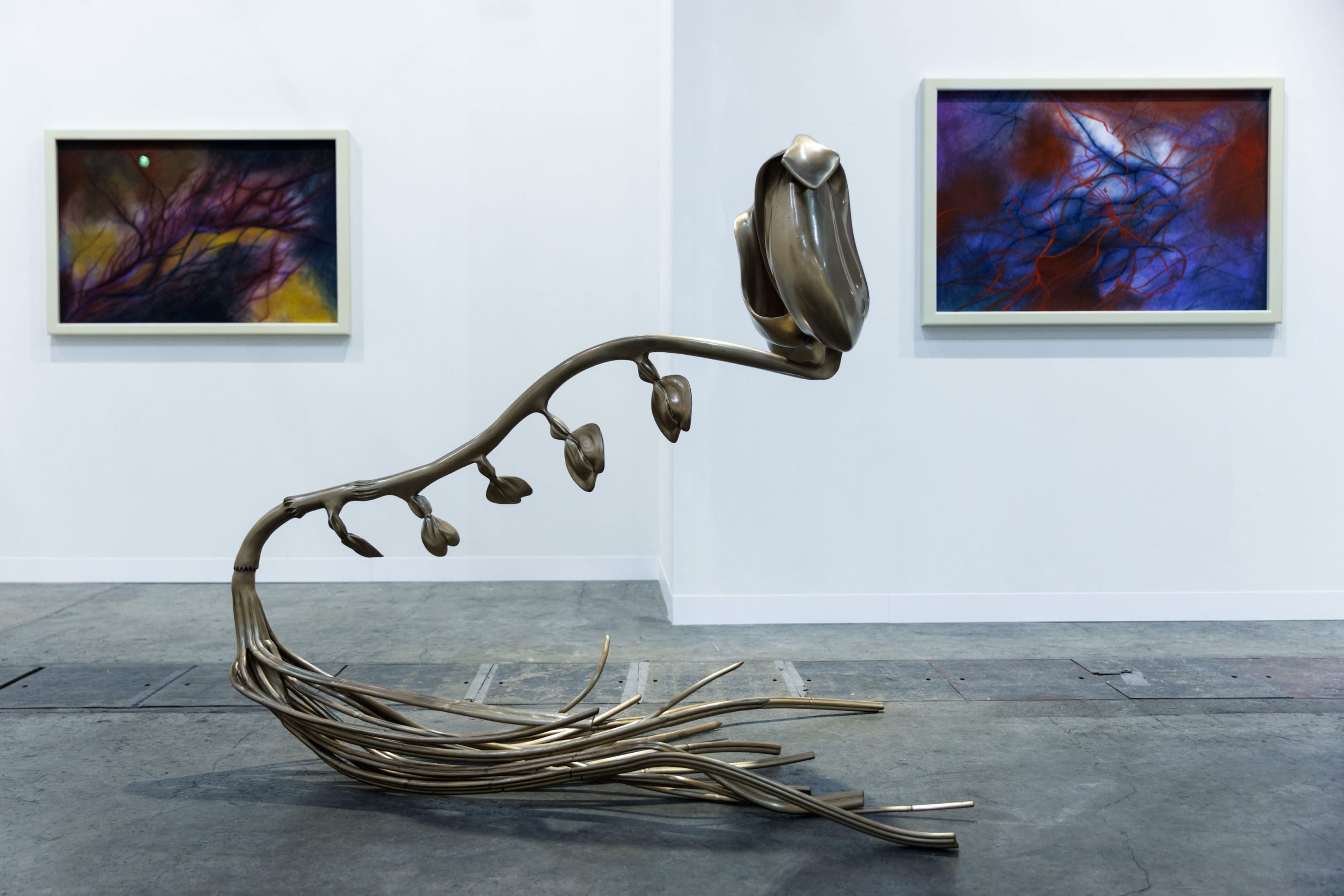
In her work, Tacita Dean (b. 1965), who is a fan of André Breton’s theory of ‘objective chance,’ has referenced Argentine-British photographer Eileen Agar (1899-1991) and her 1936 photographs of stones in Ploumanac’h in Brittany: photos she describes as full of ‘lightness, gaiety, and reimagination.’ She collects stones herself, continuing the search for ‘the mutation of forms.’
The artist Giulia Andreani (b. 1985) has never made a secret of her fascination for Hannah Höch (1889-1978), the German artist known for her complex and playful collages and photomontages. ‘My use of a single color, Payne’s grey, could come from the old, slightly bluish ink of her watercolors and collages,’ Andreani explains. ‘Resistant, feminist, bisexual, standing up to the machismo of her male contemporaries, she never stopped questioning how to depict femininity in her collages.’

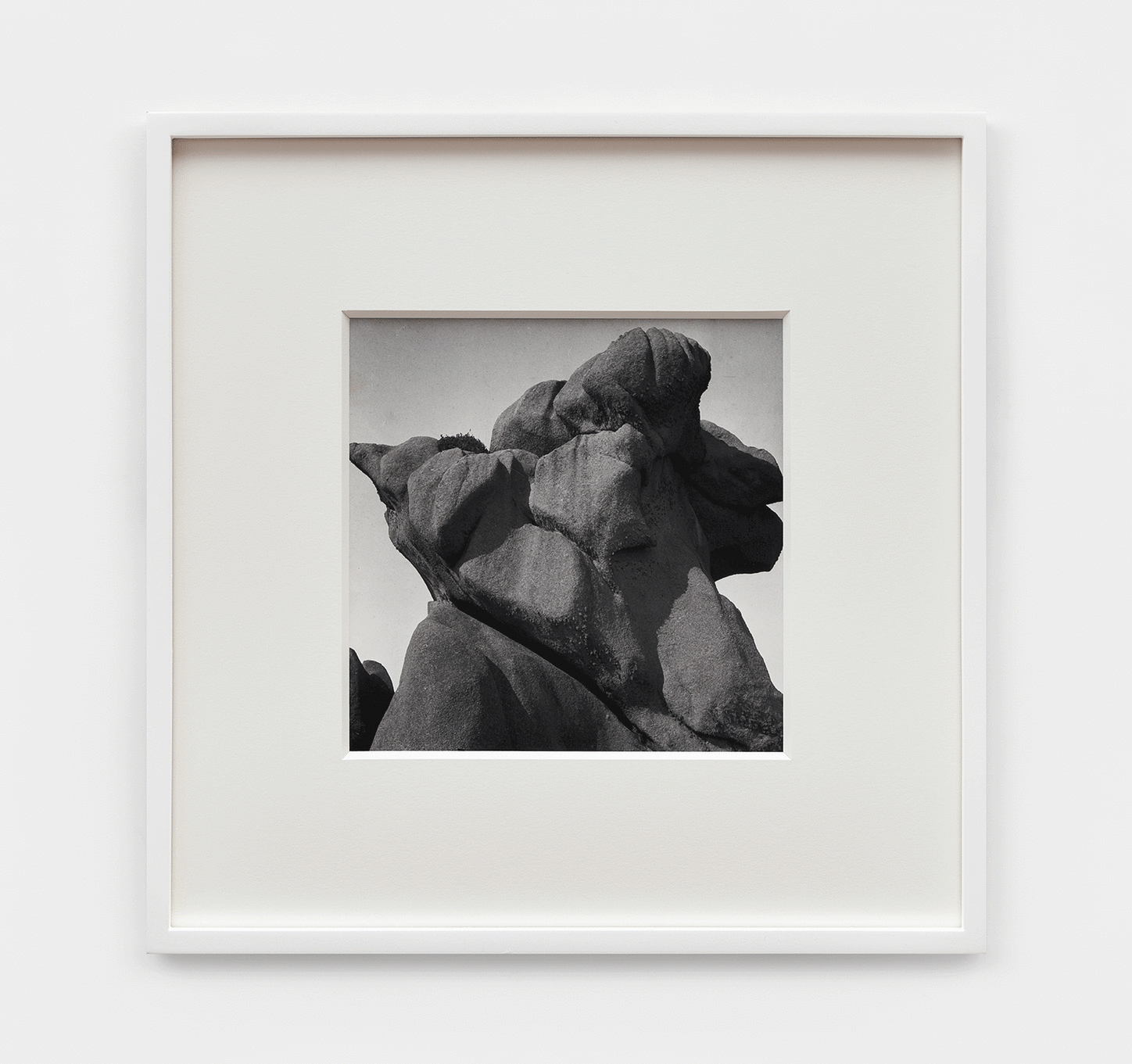

Female Surrealist artists explored a huge variety of different fields of art. For Ulla von Brandenburg (b. 1974), whose work spans film, performance, and stage design, it is fertile creative ground. Her black-and-white short films are like the strange children of the French filmmaker Germaine Dulac (1882-1942), while her choreography brings to mind the German dancer Mary Wigman (1886-1973), who also inspires her watercolor paintings. Dance is a way to ‘say things without having to use words,’ von Brandenburg tells Art Basel. ‘Choreographers like Mary Wigman, Gret Palucca, and Loïe Fuller did not work against the body, but used its energy and natural movement.’
The artist Eva Koťátková (b. 1982) was inspired by avant-garde filmmakers. But her work has also been influenced by the rich history of Czech Surrealism, a movement shaped by the painter Toyen, alongside Jindřich Štyrský (1899-1942) and Vítězslav Nezval (1900-1958). In Koťátková’s cabinets of curiosity and in her theater performances, it is the emancipation of the body that plays out on stage, liberating itself from domination: the domination of administration, of psychiatry, of education. The subconscious finally set free from its cage.

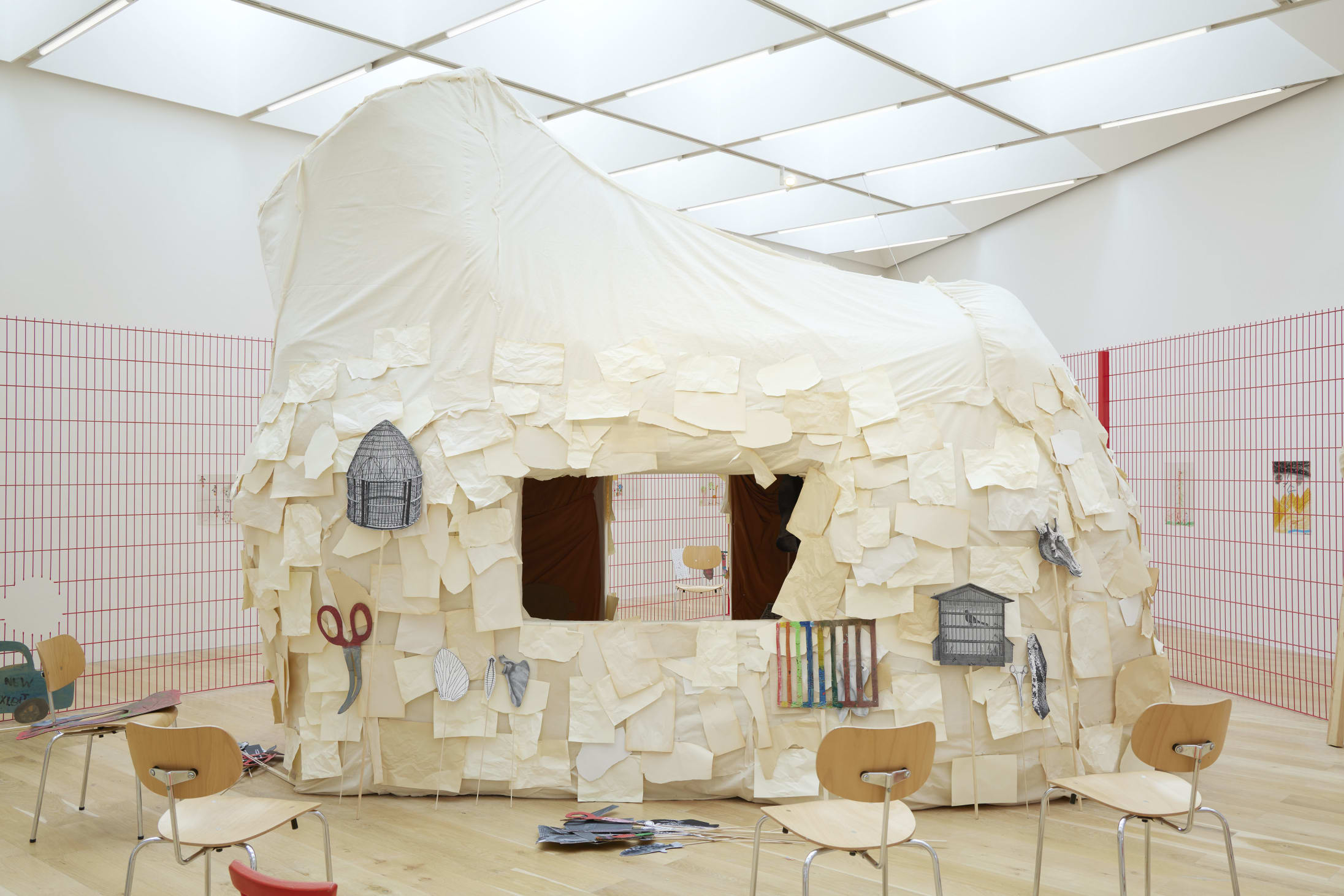
Surrealist women are models of resistance against all types of oppression. This underlines Hélène Delprat’s (b. 1957) work, who has been strongly influenced by Claude Cahun (1894-1954). 20 years ago, Delprat adopted a radical shaven hairstyle. ‘I really fantasized about having a round head, like a zero. When I finally did it, I discovered a person that I didn’t know. It made me more confident,’ she explains, as an artist whose work has often involved hiding herself behind masks and characters.
Delprat steps through the looking glass and time-travels through the century in her inimitable, offhand style with her series entitled, ‘The day I wanted to be Claude Cahun’. Wearing a man’s jacket, a hand on her hip, she becomes androgynous, echoing the artists who have influenced her work, like the pioneer of photography La Castiglione (1837-1899) or the photographer Madame Yevonde (1893-1975), who, in the 1930s, depicted herself as various goddesses. This is her tribe, people who ‘dare to look straight at the lens, camera trigger in hand. Without worrying about pleasing others… or even pleasing oneself. Those who aren’t afraid of being “seen.” Those who aren’t afraid of “seeing themselves.” They were seen as harpies, clearly lesbians, aggressive, obviously ugly and they even got involved in politics! But whether they were violent or not, activist or not, that’s what it took. And “the work” is far from being over, as we can see every day.’
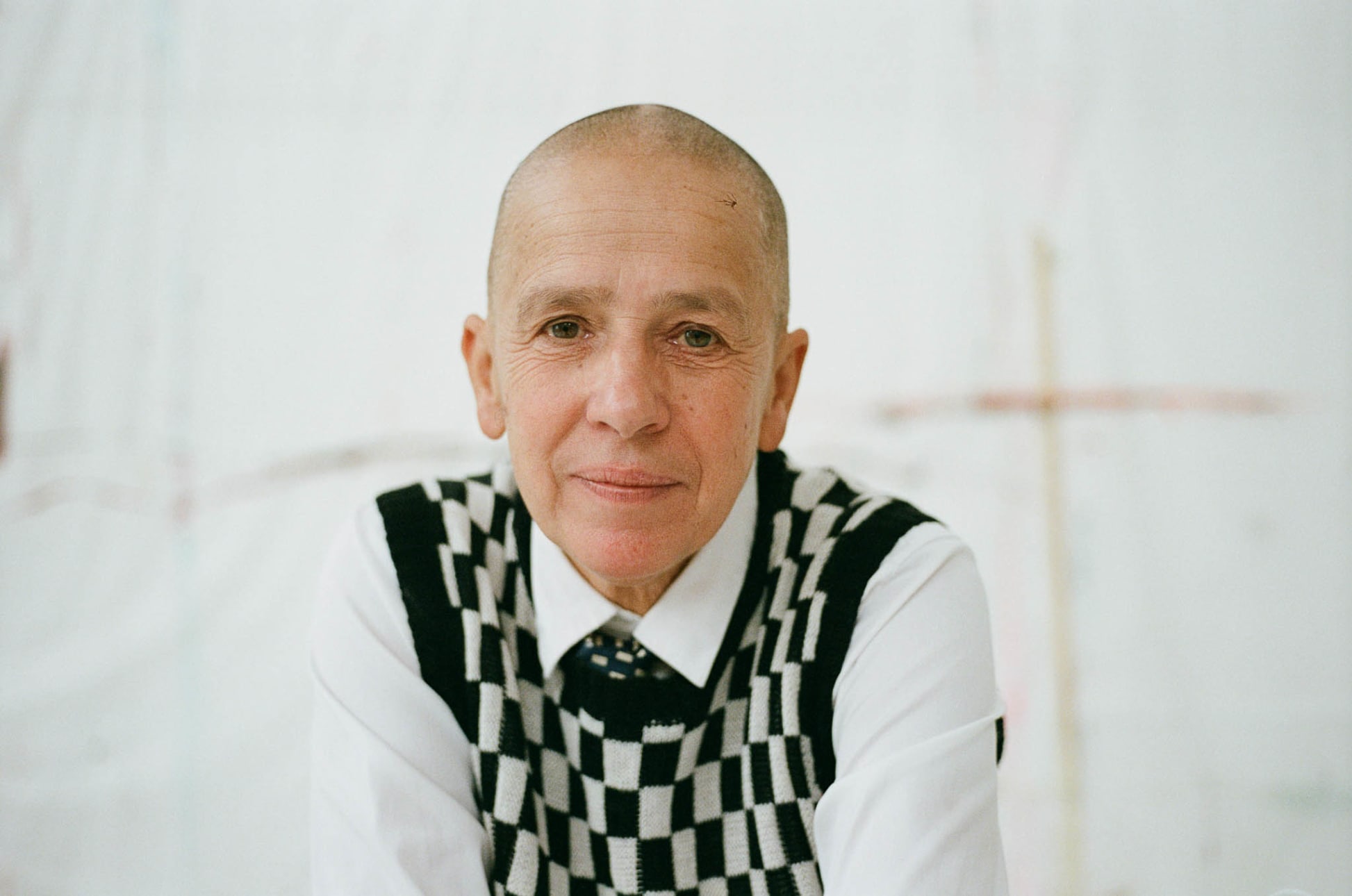
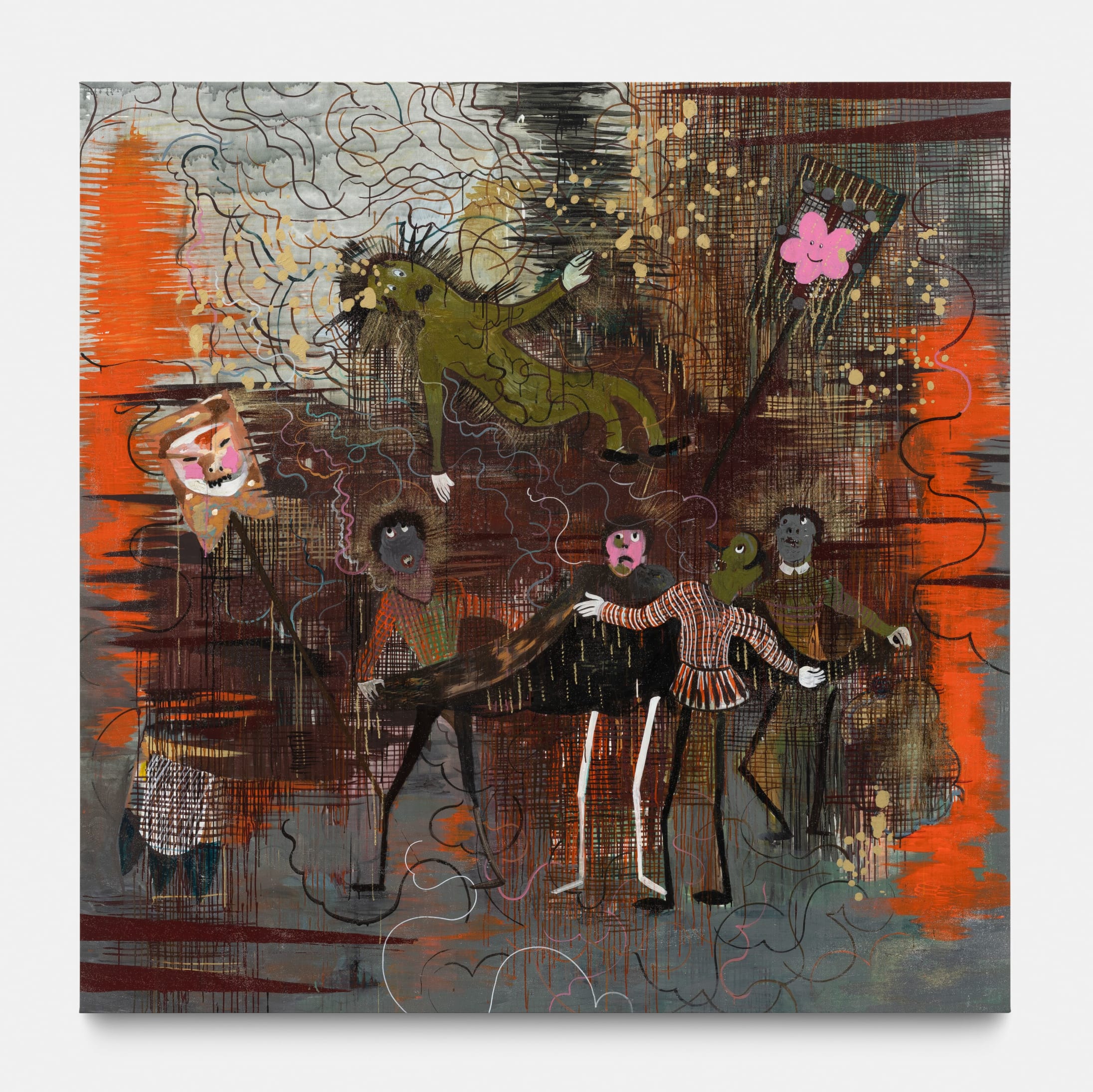
Myriam Mechita (b. 1974) sees the Swiss artist Meret Oppenheim (1913-1985) as a sort of guardian angel. Mechita discovered her as a child when she saw her on the front page of a newspaper. ‘It was when she had died. I saw her teacup made of fur and I found that just crazy as an image. So poetic.’ Since that revelatory moment, Oppenheim has always accompanied Mechita’s work: ‘I like the elegance of the materials she used, an elegance in disaster. And also the binary side of her sculptures, made out of very few elements. A squirrel next to a tankard of beer – it’s funny, touching, sensitive. You don’t have this simplicity in Surrealist painting, which has less of an effect on me.’ Oppenheim’s ability to glue things together, to move pieces around, with no apparent logic, inspires Mechita every day. ‘It’s poetry in bits and pieces, each part sticking to another part. It’s a place of freedom, freeing us to invent spaces, shapes.’
Mechita likens the early stages of her drawings to automatic writing: ‘This very Surrealist desire to let it all out, to not control the form or meaning, even if it meant not understanding myself what I was creating.’ She also admires Oppenheim’s resilience: ‘Meret Oppenheim had to look for her place, and she found it. She knew how to sever herself from the men who surrounded her.’ She was not just Man Ray’s (1890-1976) model, not just Max Ernst’s (1891-1976) wife. ‘No, she was a strong person, who didn’t let herself be taken advantage of. Despite terrible episodes of depression that made her give up art for 18 years, she came back to it. I find this comforting, as if she were whispering to me, “Don’t give up.” And after all, isn’t Surrealism our only chance to escape from our terrible world? It’s a place to breathe. I like to go back to it in waves, when I need sweetness, poetry, sadness. A parallel world that we can lose ourselves in when the real world feels overwhelming.’
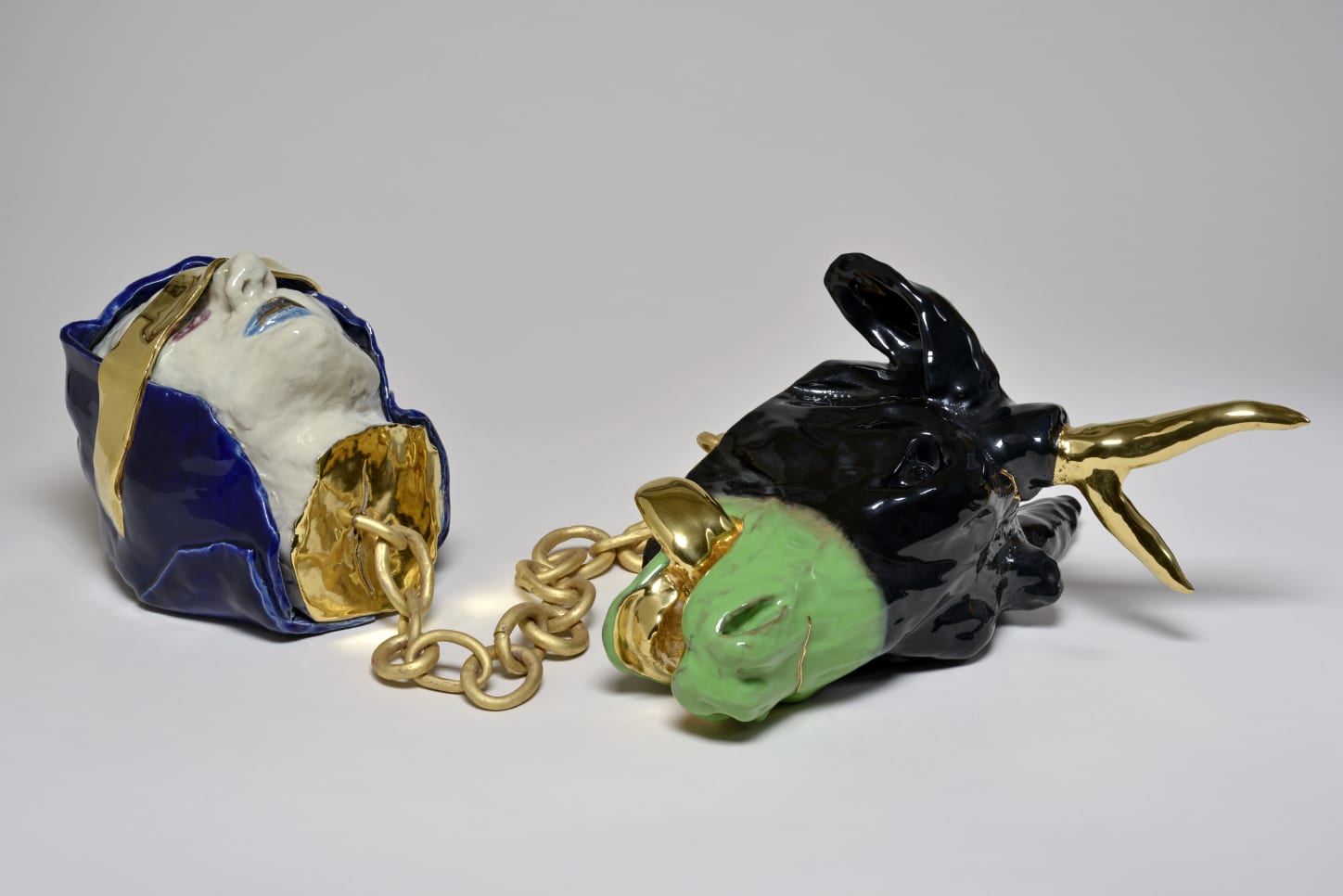


The young artist Neïla Czermak Ichti (b. 1996) feels the same way, and has done ever since she discovered the work of Remedios Varo. ‘Lots of people think that these paintings are just totally fantastical,’ says Czermak Ichti. ‘When she expresses her feelings in a dream or a secret, I feel like she is returning something to us that used to be ours but that we had forgotten. Her semi-anthropomorphic characters reassure me. I also love her architecture, her tables of magic, with their test tubes, the potions being prepared, a remedy for who knows what.’ Another sister in witchcraft is Leonor Fini. Czermak Ichti was inspired by ‘her moments suspended in time, her chimeras with their strangely acidic pastel colors, almost fluorescent; you don’t know what they’re doing there. From these women, I learned that beauty is not the only liberating force.’



Emmanuelle Lequeux is a writer based in Paris.
Tacita Dean is represented by Marian Goodman Gallery (New York, Los Angeles, Paris) and Frith Street Gallery (London). Giulia Andreani is represented by Galerie Max Hetzler (Berlin, London, Paris). Ulla von Brandenburg is represented by Galerie Art Concept (Paris) and Pilar Corrias (London). Eva Koťátková is represented by Meyer Riegger (Berlin, Karlsruhe) and hunt kastner (Prague). Hélène Delprat is represented by Hauser & Wirth (Zurich, Hong Kong, London, Los Angeles, New York, Paris, Somerset, St. Moritz) and Galerie Christophe Gaillard (Paris). Neïla Czermak Ichti is represented by Galerie Anne Barrault (Paris). Eileen Agaar is represented by Andrew Kreps Gallery (New York). Meret Oppenheim is represented by Karma International (Zurich).
English translation: Catherine Bennett. Published courtesy of ArtBasel.


Leave a Reply